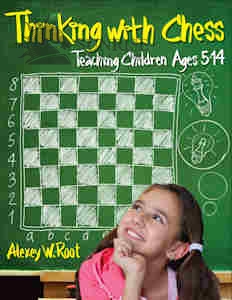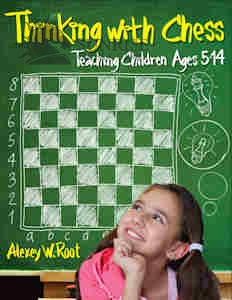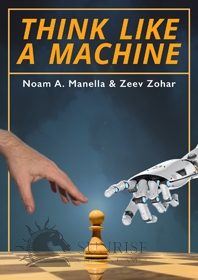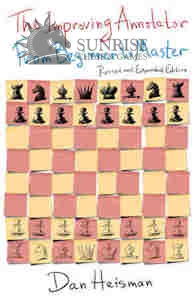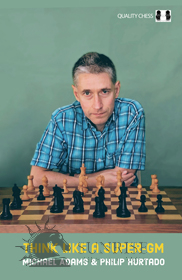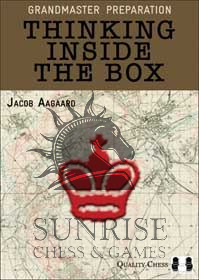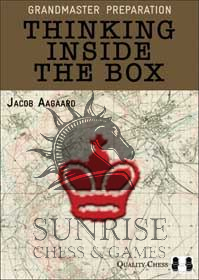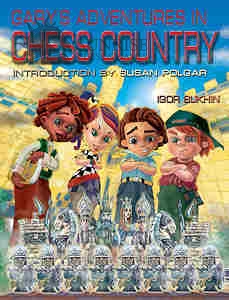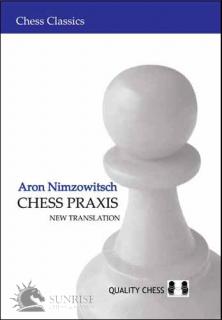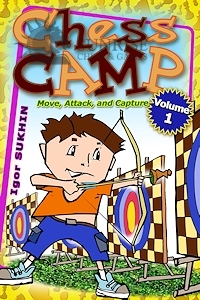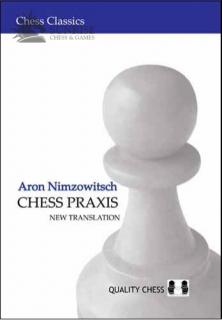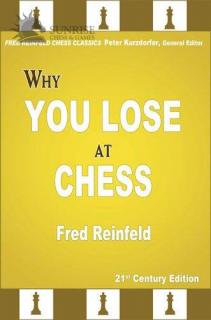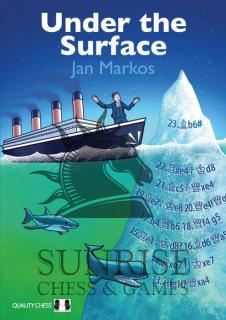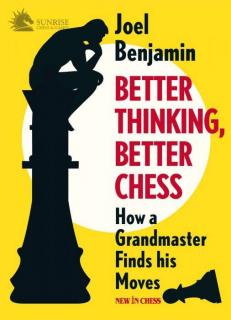
Better thinking, better chess
Finding strong moves doesn't simply depend on how much you know about chess. In fact, greater conceptual knowledge makes choosing a move more complex as it increases the number of directions your mind can take. More important is optimizing your thought process.
Grandmaster Joel Benjamin knows that pointing out the moves his students missed is just half the job. They need to understand that they were looking in the wrong direction.
Chess engines offer little help in this because they cant explain why you went astray. Whats more: an engine may send the wrong message! Many chess players dont realise that the top computer move frequently isnt the best move to play during the game.
This book will improve the structure and effectiveness of your decision making process. You will learn to:
-- choose between two attractive continuations
-- avoid taking the wrong direction at the start of your deliberations
-- know when it is necessary to spend more time
-- recognize unlikely moves
-- understand when you need to sacrifice material
-- and much more.
By applying a grandmasters train of thought you will more often arrive at strong moves and substantially improve your game.
At thirteen years of age Joel Benjamin broke Bobby Fischer's record as the youngest ever US master. He won the US Championship three times and was the chess consultant for IBM's Deep Blue computer, which made history by beating World Champion Garry Kasparov in an epic encounter. He has been teaching chess for many years. His previous book Liquidation on the Chess Board won the 2015 Best Book Award of the Chess Journalists of America (CJA).
Sean Marsh, CHESS Magazine (UK):
"It is quite clear that Joel Benjamin has put a lot of time and effort into this book. I feel this could go on to become one of 2019s greatest hits."
International Master John Donaldson:
"A solid mixture of instruction and training that will help players rated between 2000 and 2400 in thinking more effectively during their games. Highly Recommended."
John Hartmann, Chess Life Magazine:
"Clear and accessible without sacrificing complexity, and funny. The explanations are exemplary. Insightful, well-structured and it fulfils the promise of its title."
- Sklep: Sklep Szachowy: Szachy, Figury, Zegary, Książki, GRAWEROWANIE LASEROWE! - Polski Producent szachów e
- Kategoria: KSIĄŻKI SZACHOWE/KSIĄŻKI - PO ANGIELSKU/Książki New In Chess
- Dostępność: na stanie
- Zaktualizowany: 28.10.2024
- Cena: 133.00 zł
